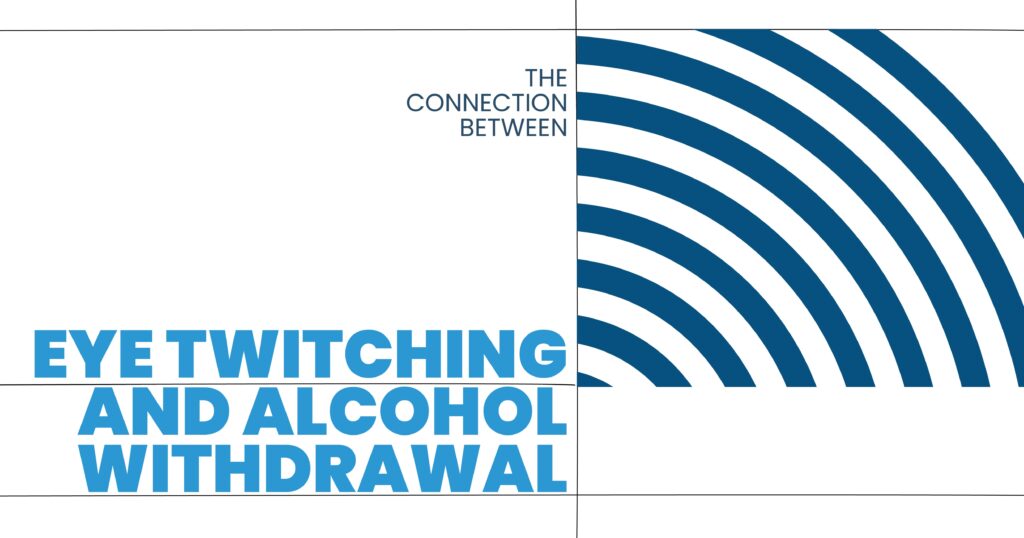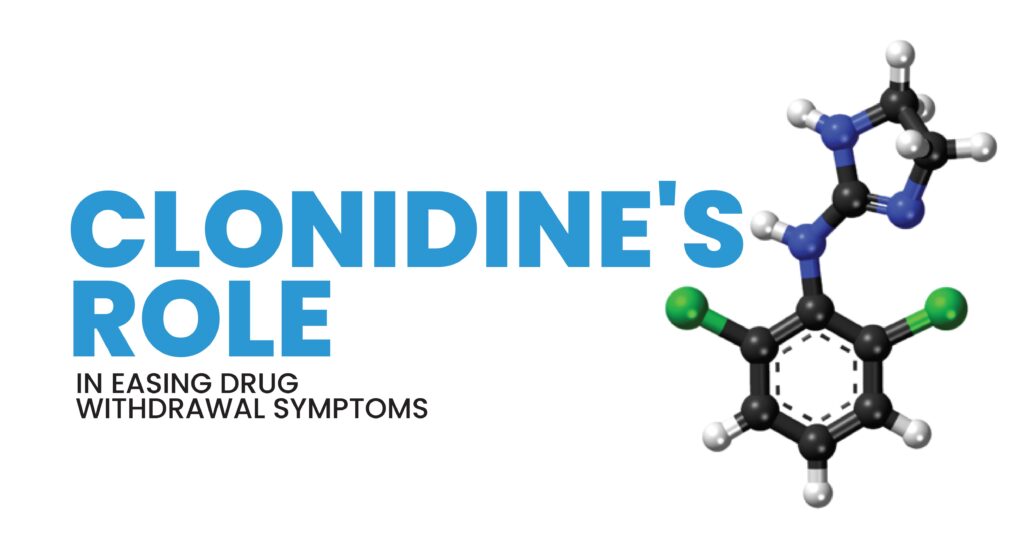Managing Duloxetine Withdrawal Symptoms Effectively

Authored By:
Raleigh Souther

Edited By:
Chase Mcquown

Medically Reviewed By:
Dr. Alejandro Alva
- Last Updated:

Effective management of duloxetine withdrawal begins with gradual tapering under medical supervision. A slow dose reduction minimizes symptoms such as dizziness, irritability, and nausea. Patients should communicate openly with their doctors about any discomfort, allowing timely adjustments that support a smoother and safer withdrawal process.
Lifestyle strategies also play a crucial role in reducing withdrawal challenges. Staying hydrated, eating nutrient-rich meals, and maintaining a consistent sleep routine help stabilize the body. Light exercise and relaxation techniques, such as deep breathing or mindfulness, further ease anxiety and improve mood, making the withdrawal journey more manageable and balanced.
What Is Duloxetine and Why Is It Prescribed?
Duloxetine, also known by the brand name Cymbalta, is a serotonin norepinephrine reuptake inhibitor. Doctors often prescribe it for depression and anxiety. It also treats conditions like fibromyalgia and nerve pain.
This medication balances certain brain chemicals. It improves mood, reduces sadness, and eases chronic discomfort. Many people find relief after starting duloxetine.
But when it is time to stop, the body may react strongly. Understanding its uses and effects helps explain why tapering is important.
The Science Behind Duloxetine Withdrawal
Stopping duloxetine suddenly can cause major changes in brain chemistry. The body gets used to serotonin and norepinephrine regulation. When the drug leaves the system too quickly, the brain struggles to adjust. This sudden shift can trigger antidepressant discontinuation symptoms.
These symptoms may feel physical, emotional, or both. People often describe it as a “rebound effect.” Gradual duloxetine tapering helps reduce this reaction. Doctors recommend lowering doses slowly to avoid strong discomfort. Safe tapering gives your nervous system time to adapt.

Cymbalta Withdrawal Common Symptoms
Many people share similar experiences when stopping Cymbalta. Cymbalta withdrawal symptoms may vary in intensity and length. Here are common effects:
- Headaches and dizziness
- Brain “zaps” or electrical shock feelings
- Nausea and upset stomach
- Sweating and chills
- Trouble sleeping and vivid dreams
- Mood swings, anxiety, or irritability
- Fatigue and low energy
Not everyone feels all of these symptoms. Some people only notice mild discomfort. For others, symptoms may feel overwhelming.
Effective Strategies to Cope With Duloxetine Withdrawal Symptoms
Coping with duloxetine side effects during withdrawal requires planning. Here are strategies that may help:
- Gradual tapering. Work with a doctor to lower the dose slowly. This reduces the risk of severe withdrawal symptoms and makes the process more manageable. A structured plan helps your body adjust safely over time.
- Stay hydrated. Water helps ease headaches and supports the body. Proper hydration flushes out toxins that build up during withdrawal. Herbal teas or electrolyte drinks can also provide gentle support.
- Healthy diet. Nutritious meals stabilize energy and mood. Include fruits, vegetables, and whole grains for balanced nourishment. Avoid processed foods and excessive sugar to prevent mood swings.
- Light exercise. Gentle walks or stretching improve circulation and reduce tension. Movement boosts endorphins, which naturally lift mood. Exercise also helps regulate sleep and reduce anxiety.
- Breathing techniques. Deep breathing calms the nervous system. Practicing mindfulness through breath reduces stress and cravings. Short breathing exercises can be done anywhere to restore calm.
- Sleep routine. Regular rest helps the body heal. Going to bed at the same time each night supports recovery. A dark, quiet, and cool room encourages deeper, restorative sleep.

A combination of lifestyle support and medical guidance makes a big difference.
The Role of Healthcare Professionals in Managing Duloxetine Withdrawal
Healthcare professionals play a vital role in guiding patients through duloxetine withdrawal. They create personalized tapering schedules to reduce the risk of severe side effects. With careful monitoring, doctors and nurses adjust doses as needed, ensuring a safer, gradual transition away from the medication.
In addition to medical supervision, healthcare providers offer emotional support and coping strategies. They educate patients on lifestyle changes, such as diet, hydration, and sleep hygiene, that can ease discomfort. By combining medical expertise with compassionate care, professionals help individuals manage withdrawal more effectively and prevent potential relapse.
When to Seek Medical Help for Duloxetine Withdrawal?
Sometimes withdrawal symptoms become too intense. Immediate medical support may be necessary. Seek help if you experience:
- Suicidal thoughts or deep depression
- Severe dizziness or fainting
- Uncontrollable nausea or vomiting
- Dangerous mood changes like aggression or rage
Doctors can adjust your plan if these issues appear. Never ignore serious warning signs. Safety should always come first.
Resources and Support for Those Experiencing Withdrawal
People going through duloxetine discontinuation syndrome need resources and support. Some helpful options include:
- Support groups. Connecting with others reduces isolation. Hearing stories from people with similar struggles can offer comfort and hope. Group settings provide accountability and a sense of belonging.
- Therapy. Counselors guide you through mood changes. Professional support helps you identify triggers and manage emotions. Therapy offers coping tools to navigate stress and prevent relapse.
- Hotlines. Crisis hotlines provide immediate help. They are available 24/7, ensuring support during difficult moments. Trained responders offer guidance, resources, and reassurance when needed most.
- Online forums. Safe communities share real-life experiences. These spaces allow people to ask questions and receive encouragement. They also provide practical advice from those who have faced similar challenges.
Resources like these remind you that you are not alone. Shared stories bring comfort and hope during difficult times.
Visalia Recovery Center: Compassionate Guidance for Cymbalta Withdrawal Support
At Visalia Recovery Center, compassionate care guides people through withdrawal. The team understands the struggles of duloxetine withdrawal and offers professional support. We provide personalized tapering plans, emotional counseling, and long-term recovery strategies. Our experts listen with empathy and create safe solutions.
If you or a loved one faces Cymbalta withdrawal symptoms, we are here to help. Together, we create a smoother, safer recovery path. Don’t face withdrawal alone. Contact Visalia Recovery Center today for safe, supportive, and effective guidance.
FAQs
How can one effectively manage withdrawal from duloxetine and minimize side effects?
One can manage withdrawal from duloxetine by tapering slowly. Healthcare professionals guide this process carefully. Supportive lifestyle changes reduce discomfort effectively.
What are common Cymbalta withdrawal symptoms, and how long do they typically last?
Cymbalta withdrawal symptoms may include nausea, dizziness, and mood changes. These effects often last days to weeks. Severity varies by person.
What is duloxetine discontinuation syndrome, and how does it affect those tapering off the medication?
Duloxetine discontinuation syndrome happens when the body reacts strongly to reduced medication. It causes physical discomfort. Emotional struggles may also appear.
Are there lifestyle changes that can aid in coping with antidepressant withdrawal from duloxetine?
Yes, lifestyle changes help ease withdrawal symptoms. Regular exercise, balanced nutrition, and sleep routines support recovery. Stress management is also key.
How can healthcare professionals assist in serotonin norepinephrine reuptake inhibitor cessation, specifically with duloxetine?
Healthcare professionals guide tapering safely. They monitor withdrawal symptoms carefully. They also provide counseling and reassurance during serotonin norepinephrine reuptake inhibitor cessation.


